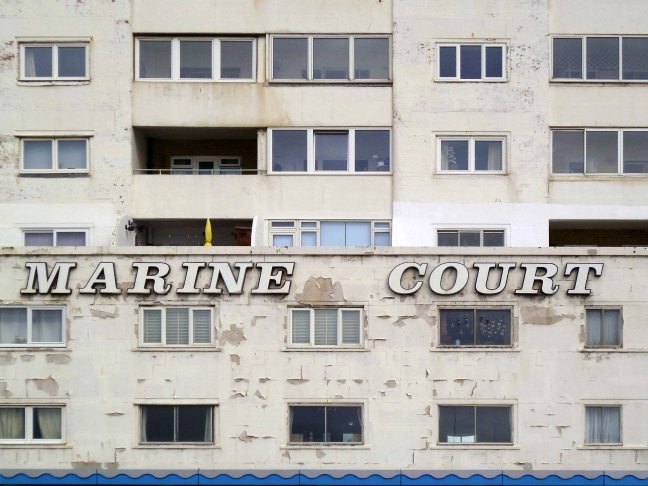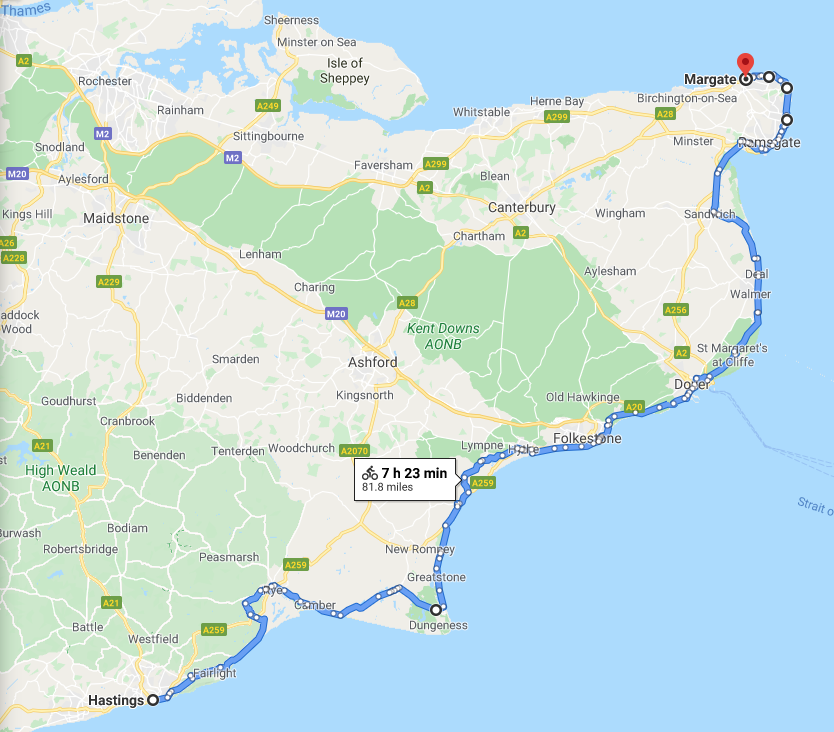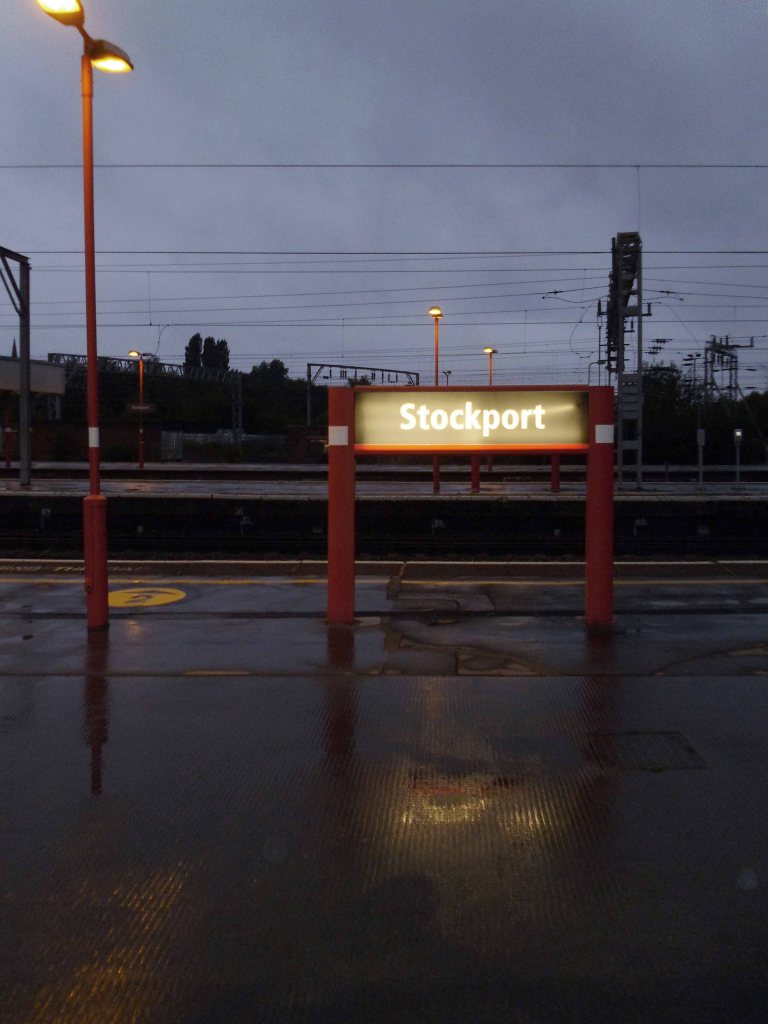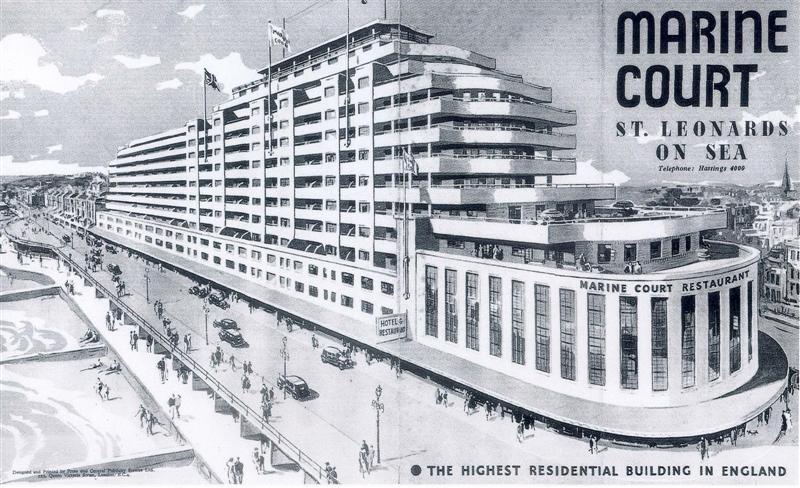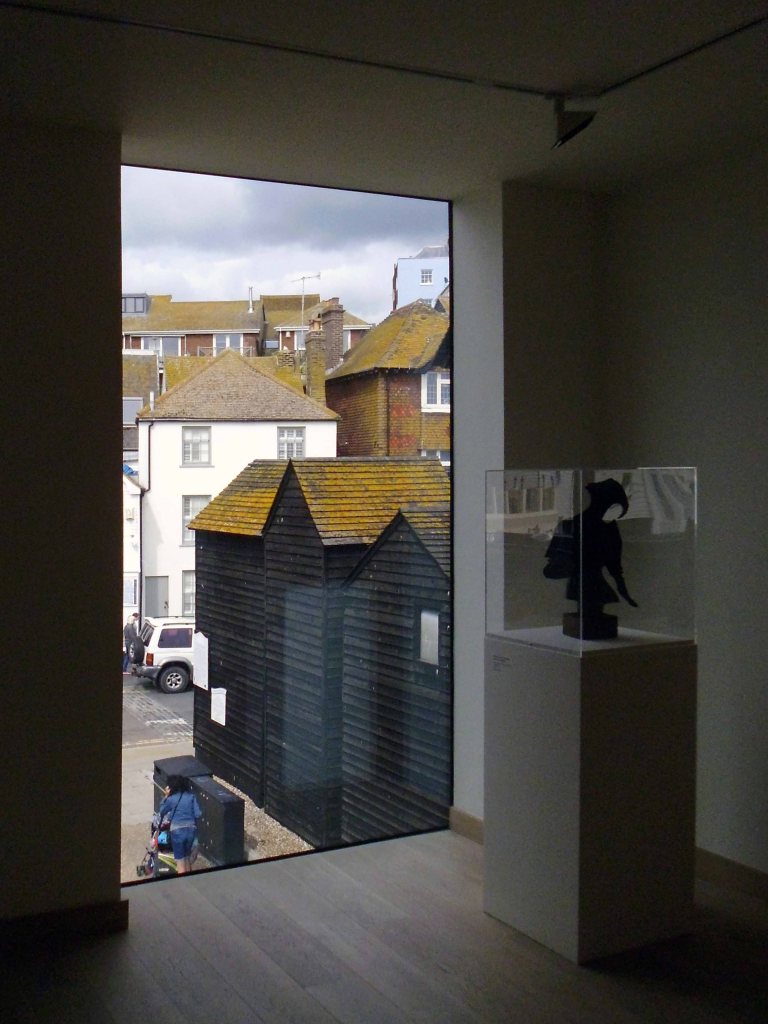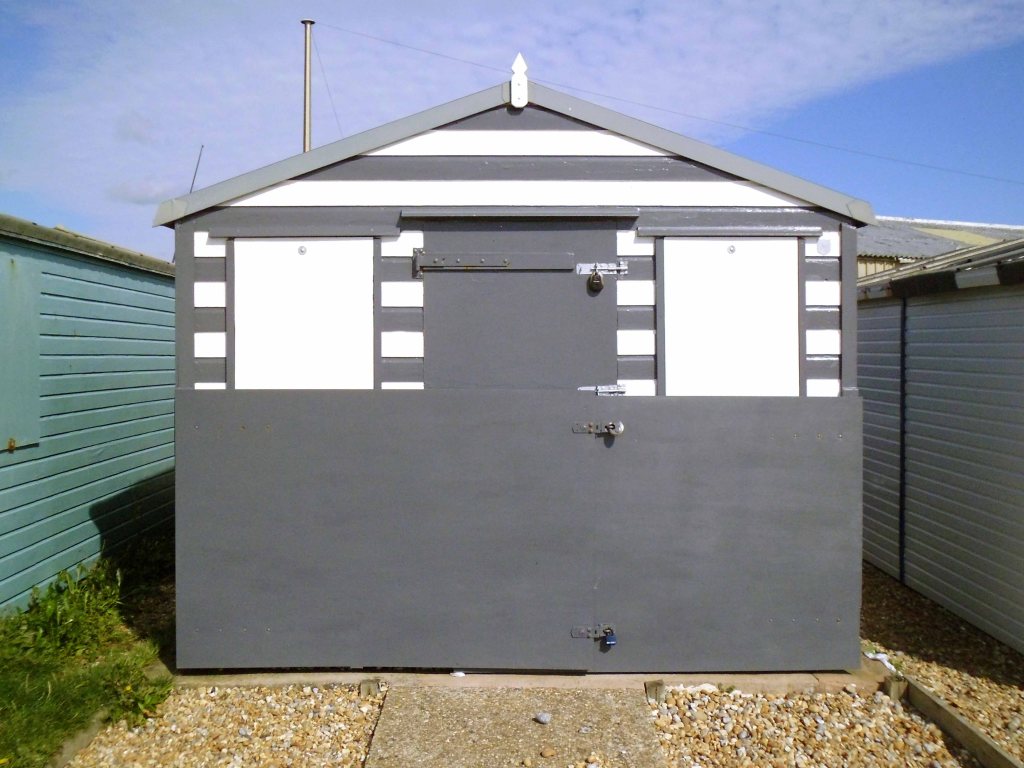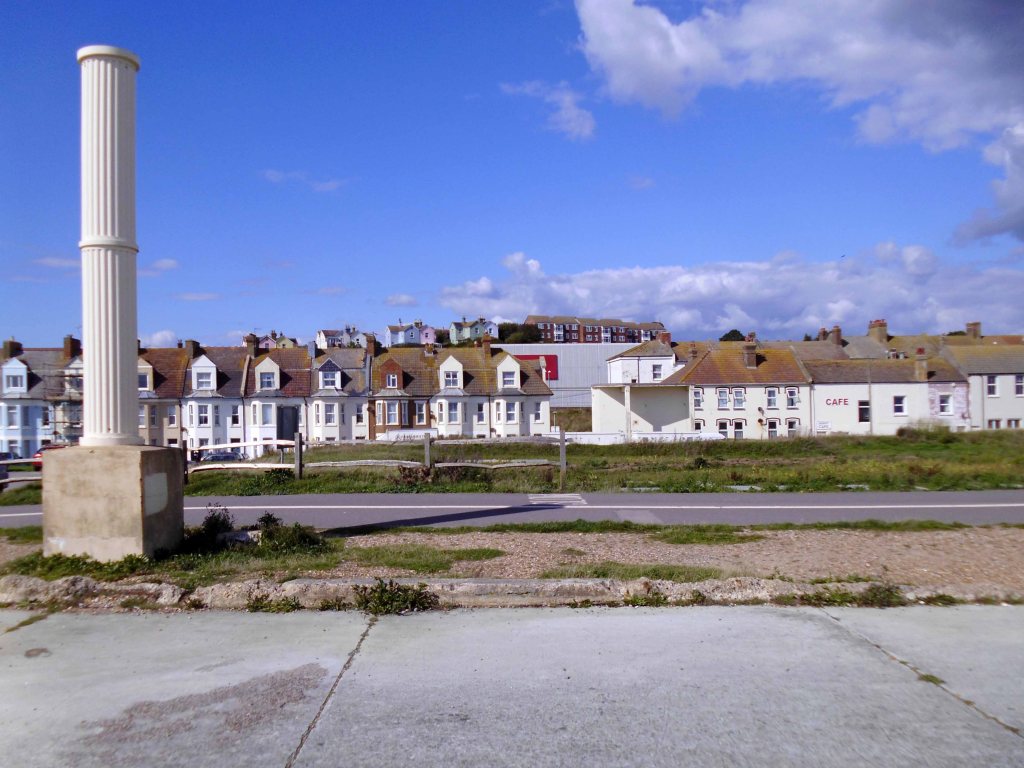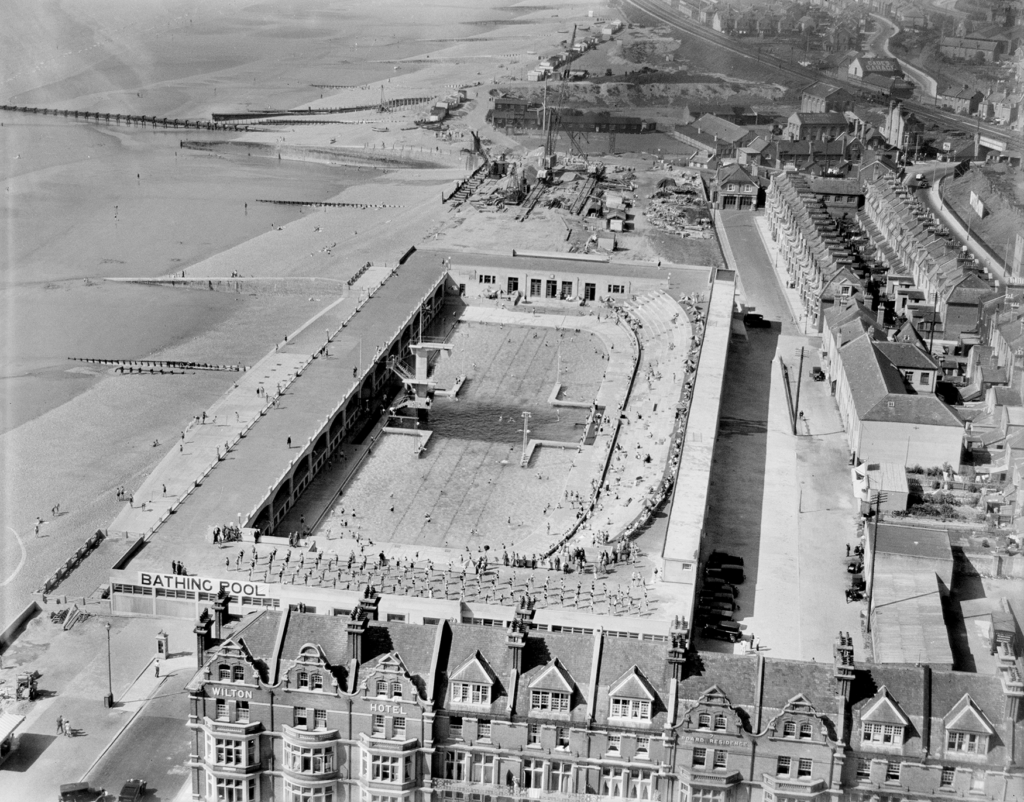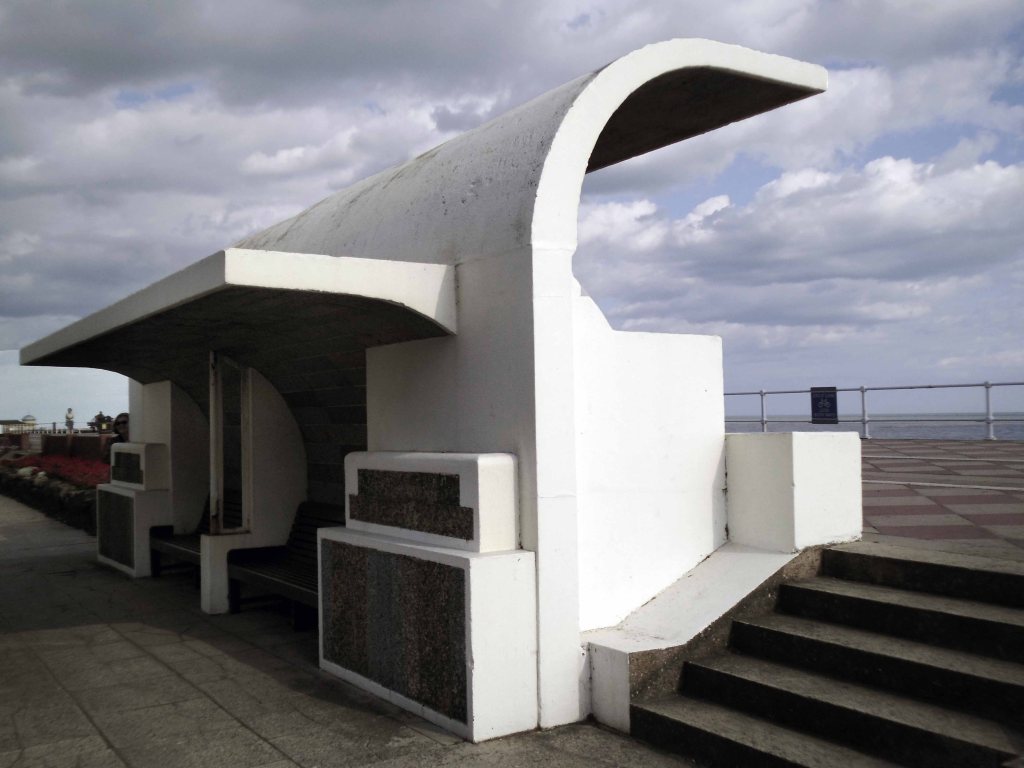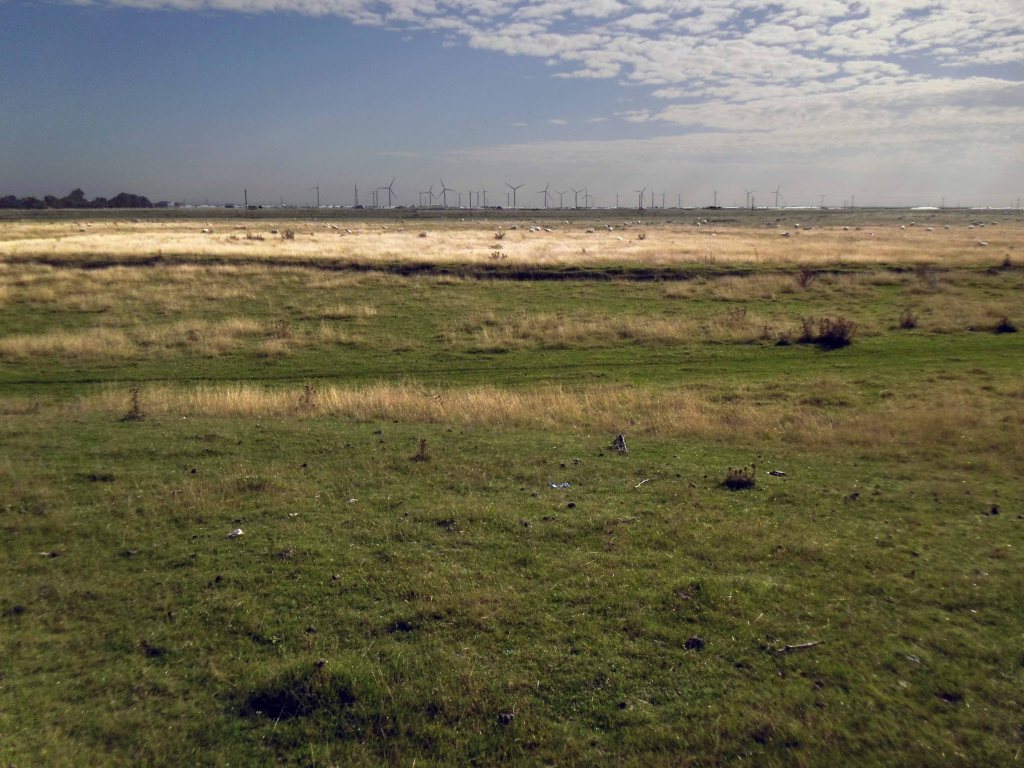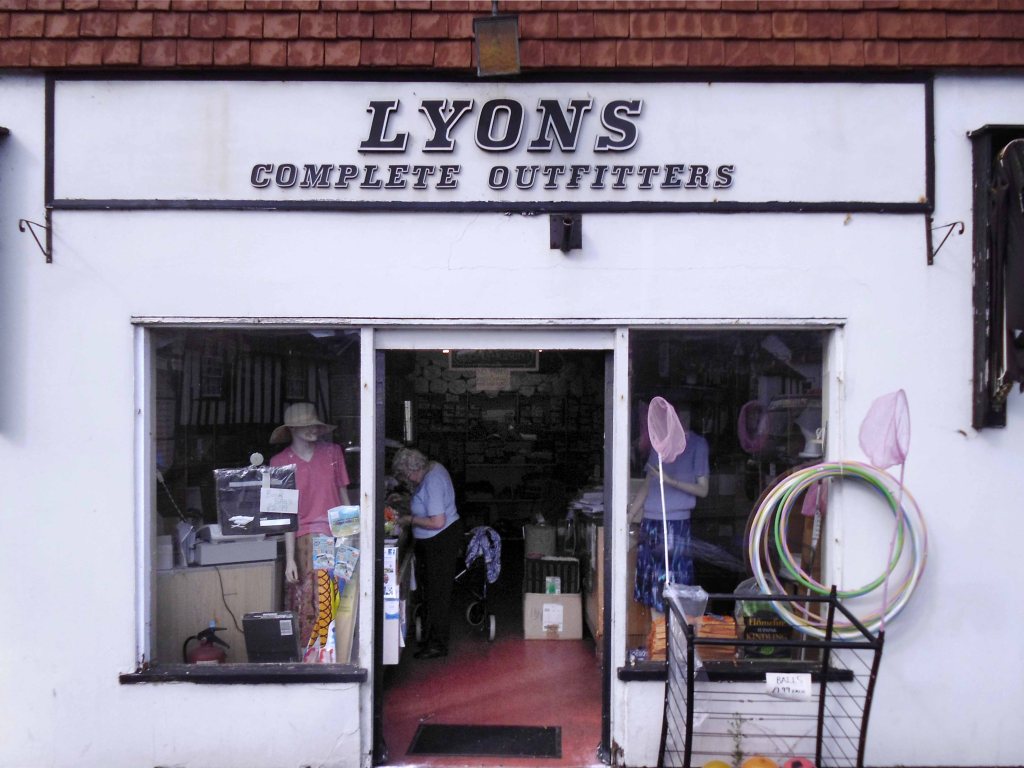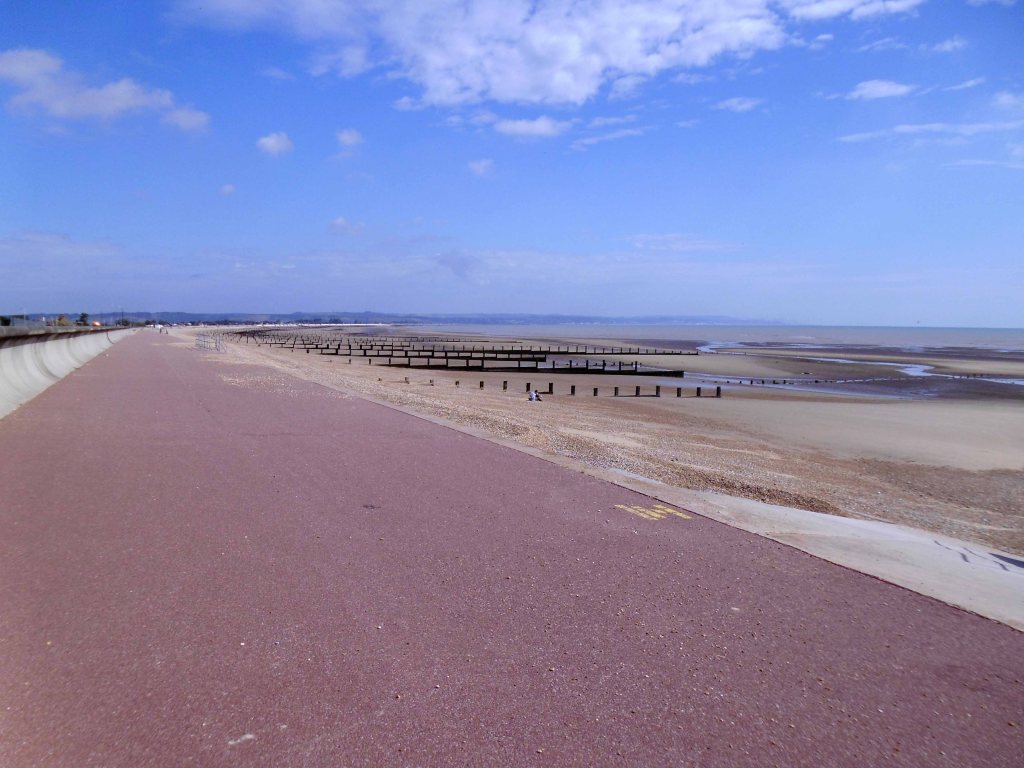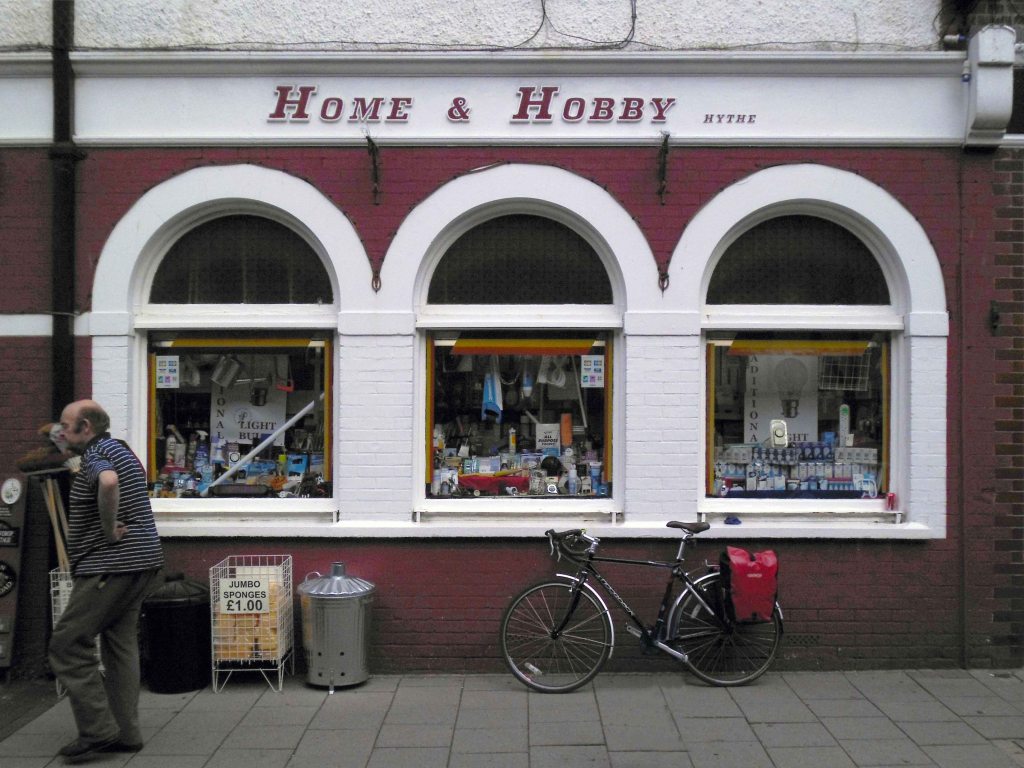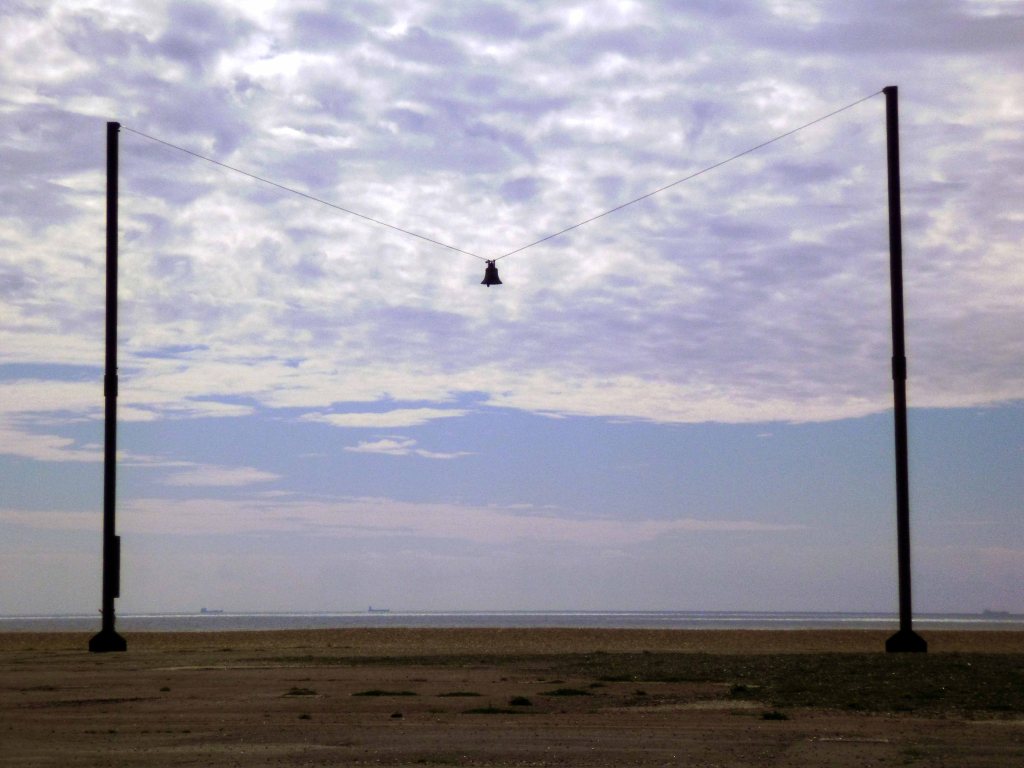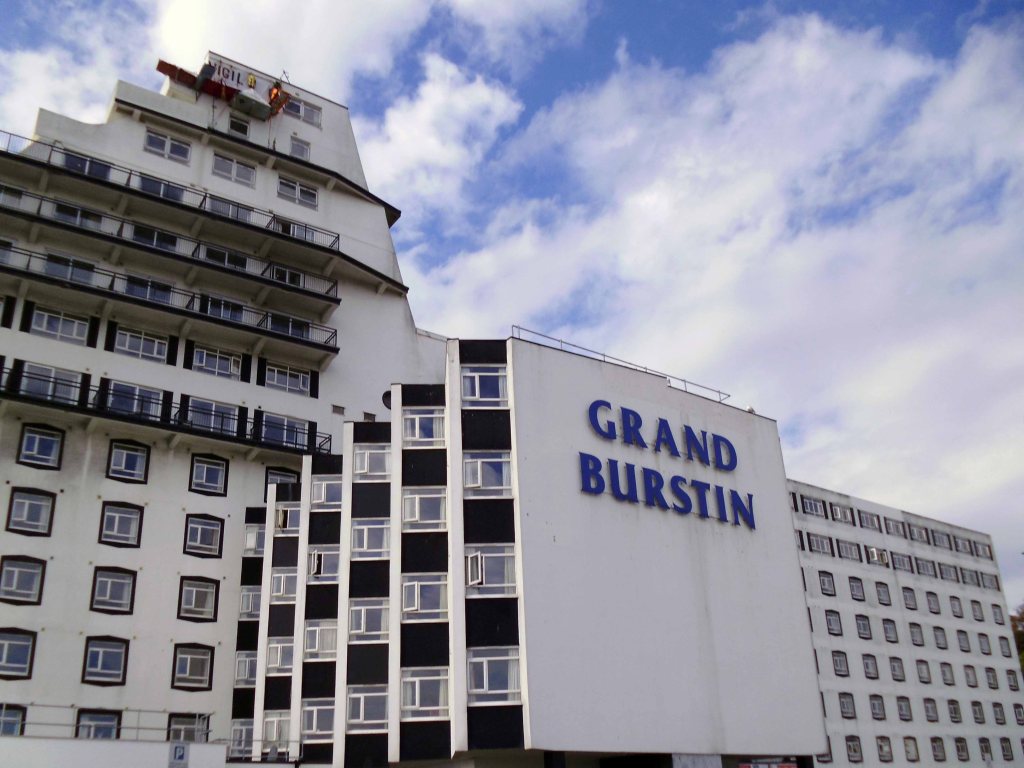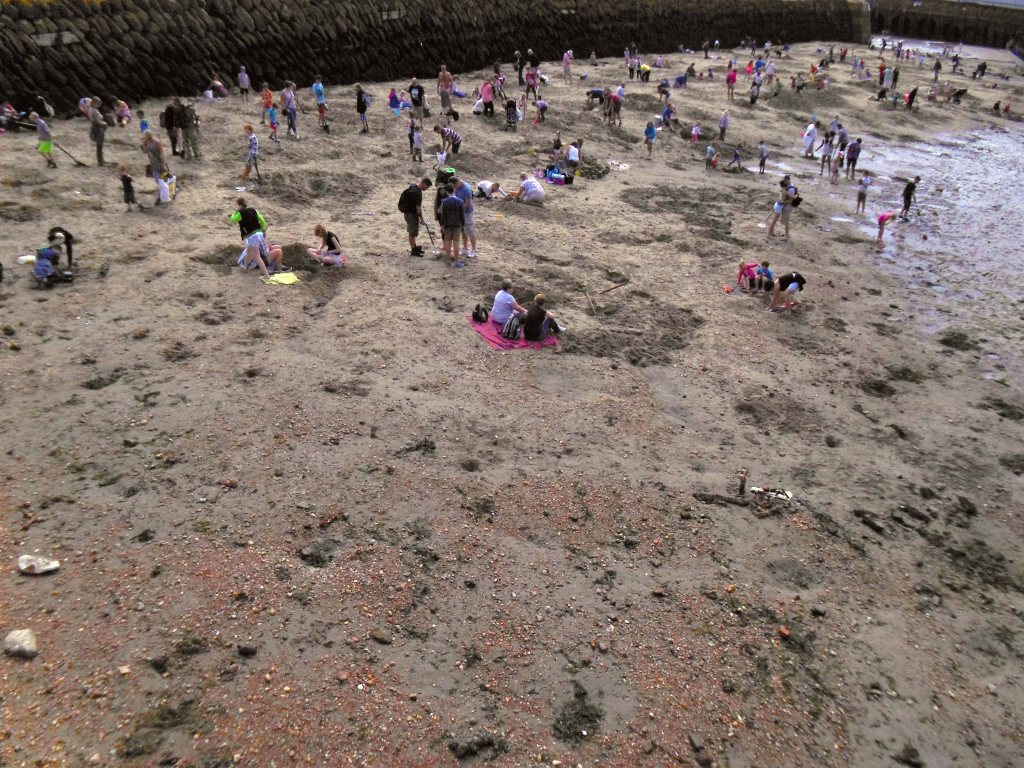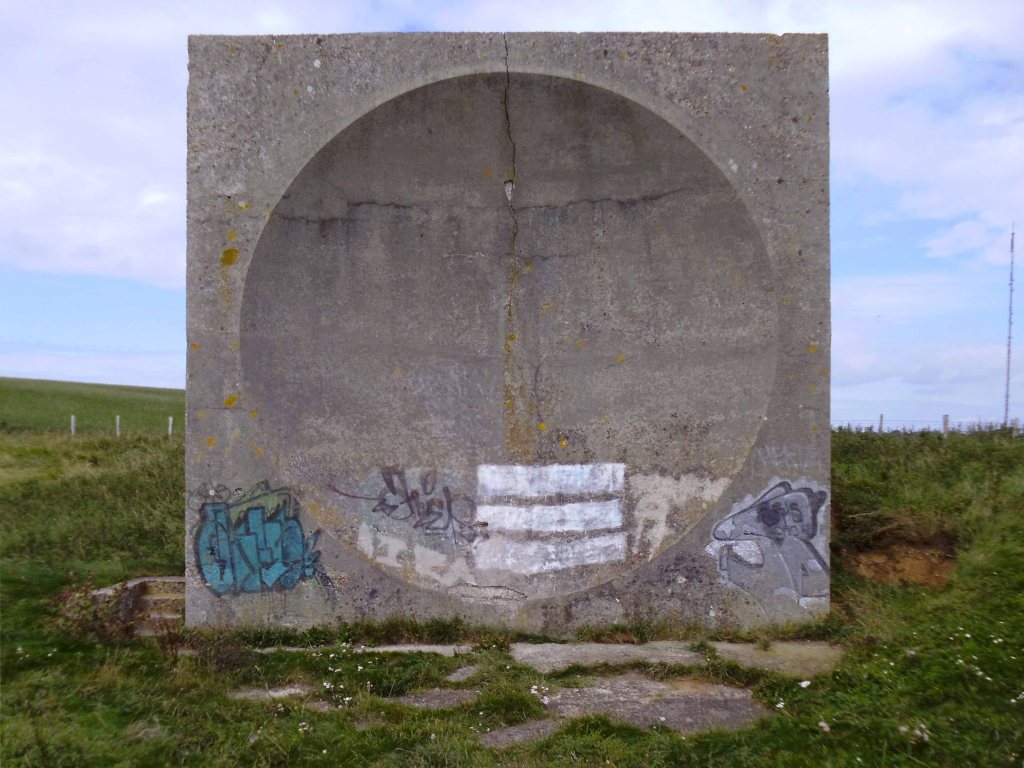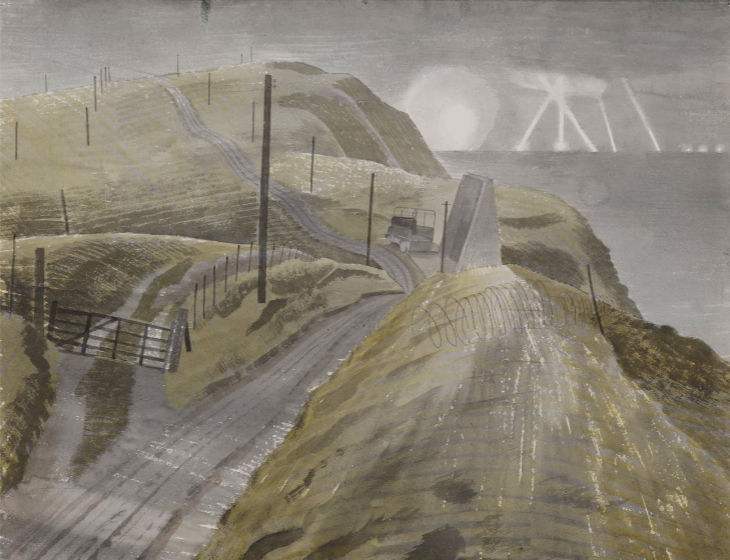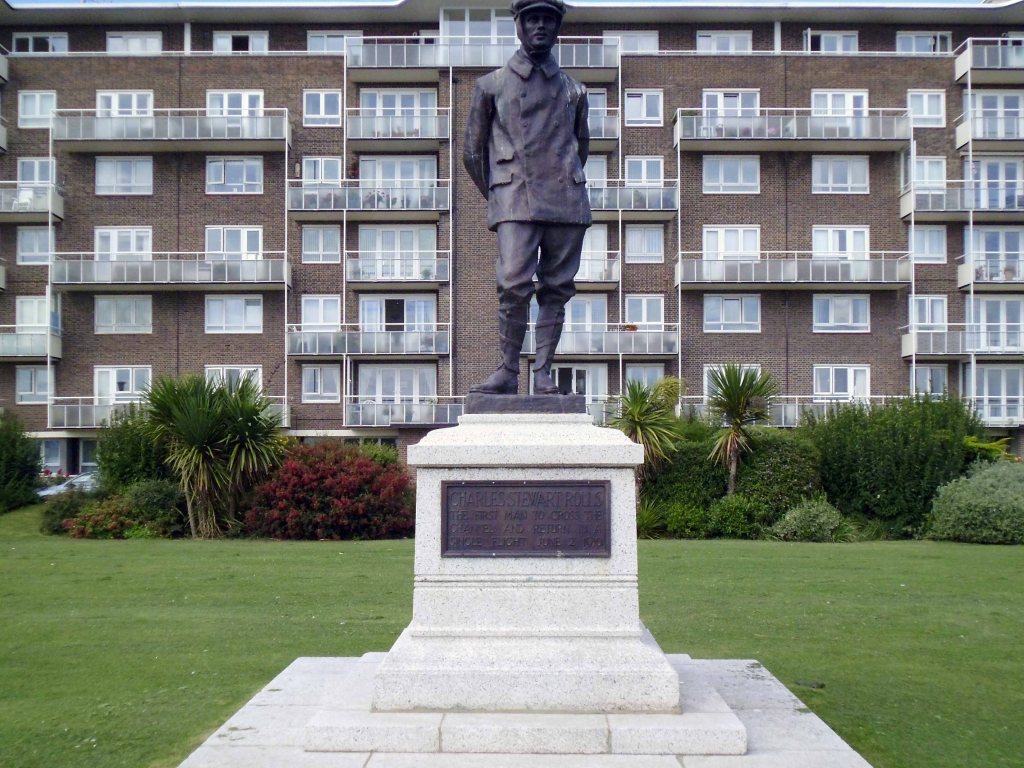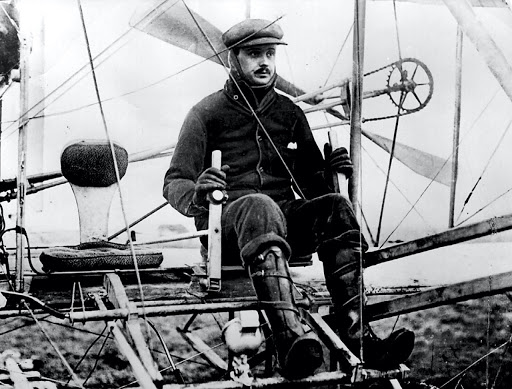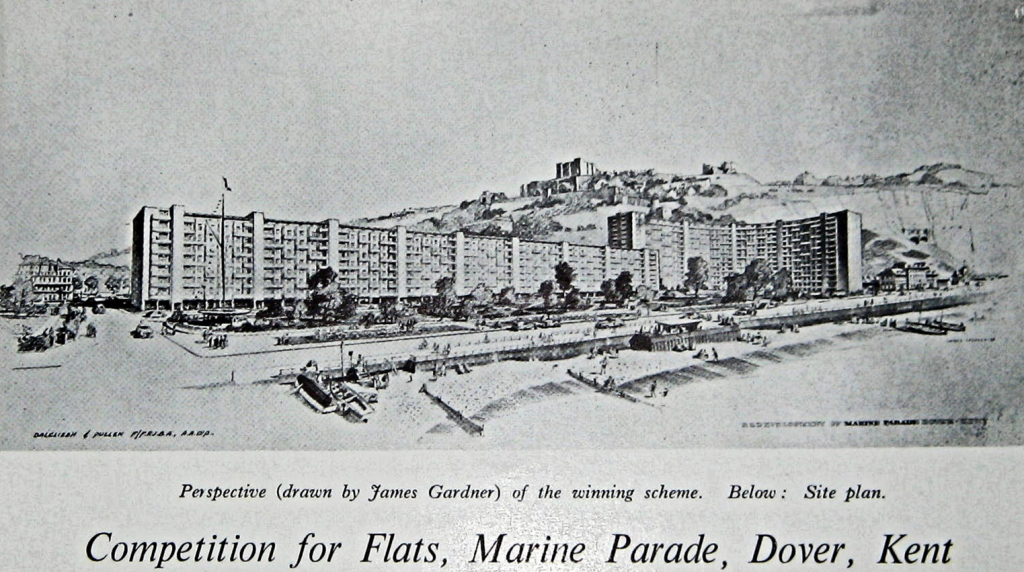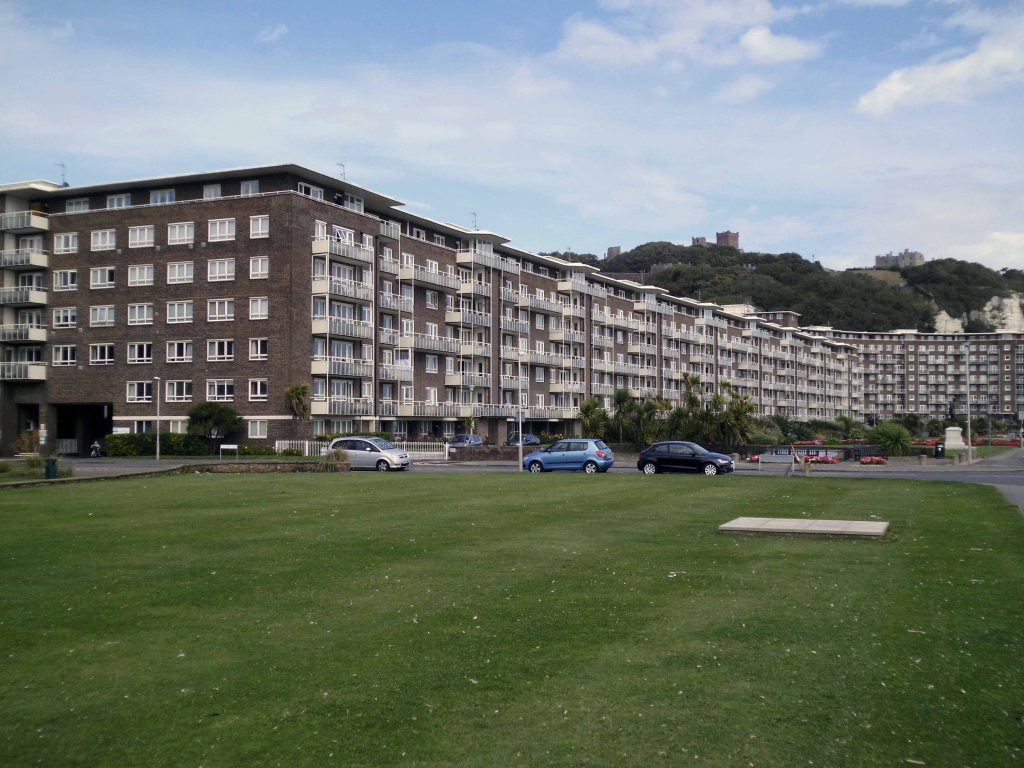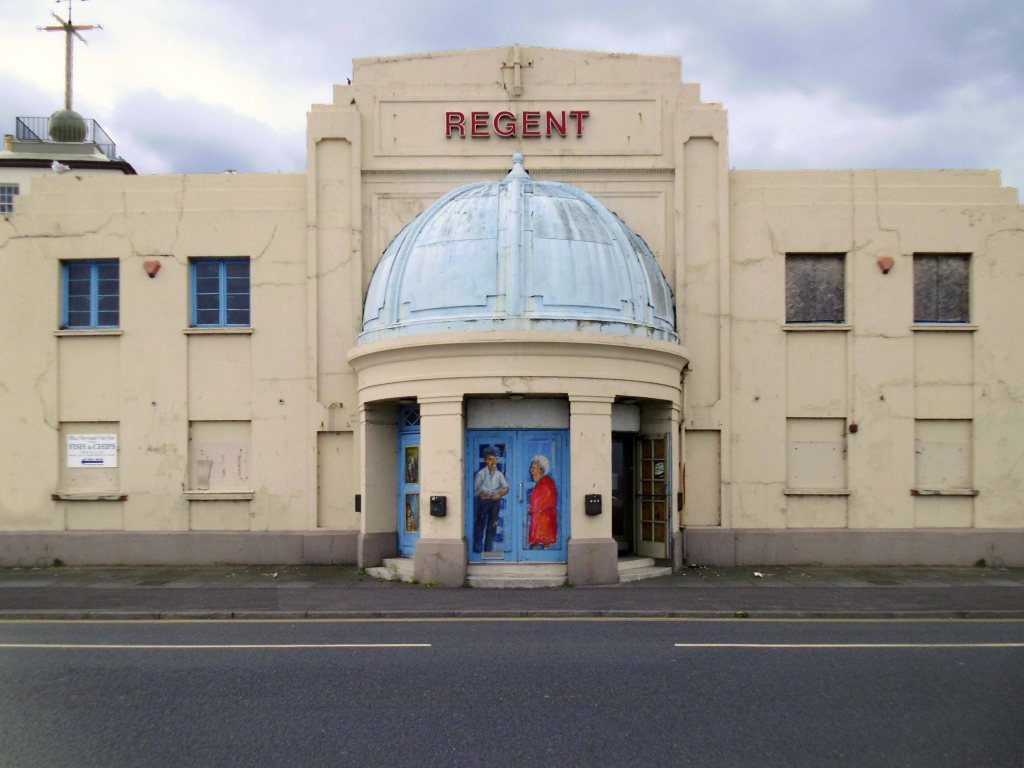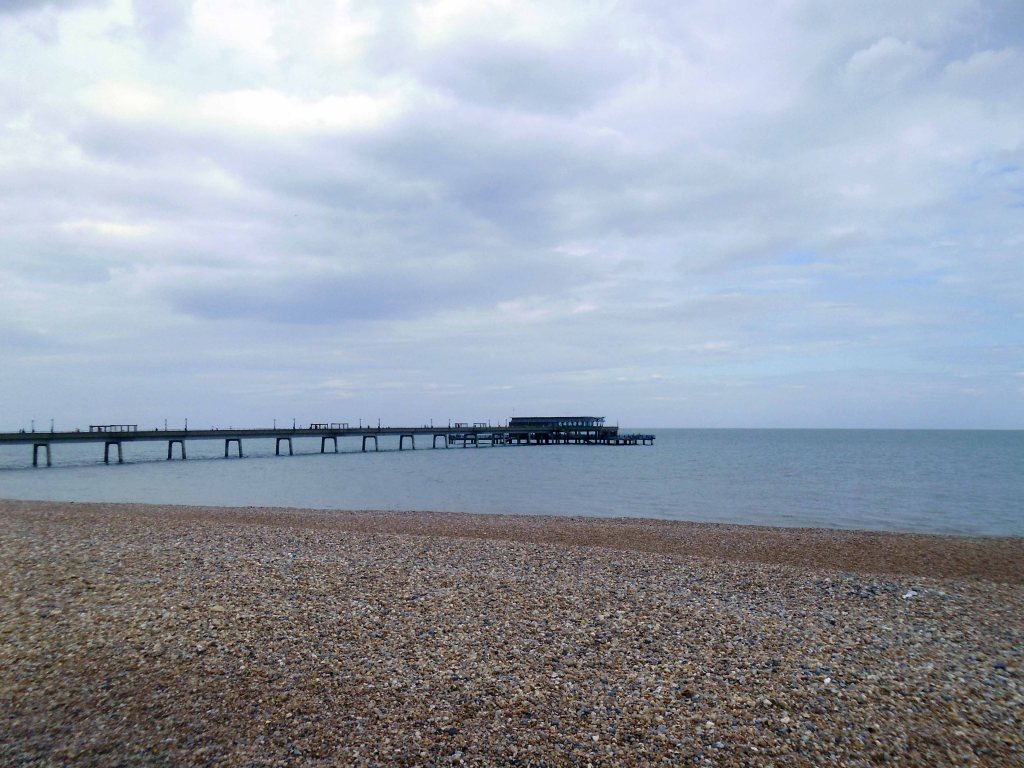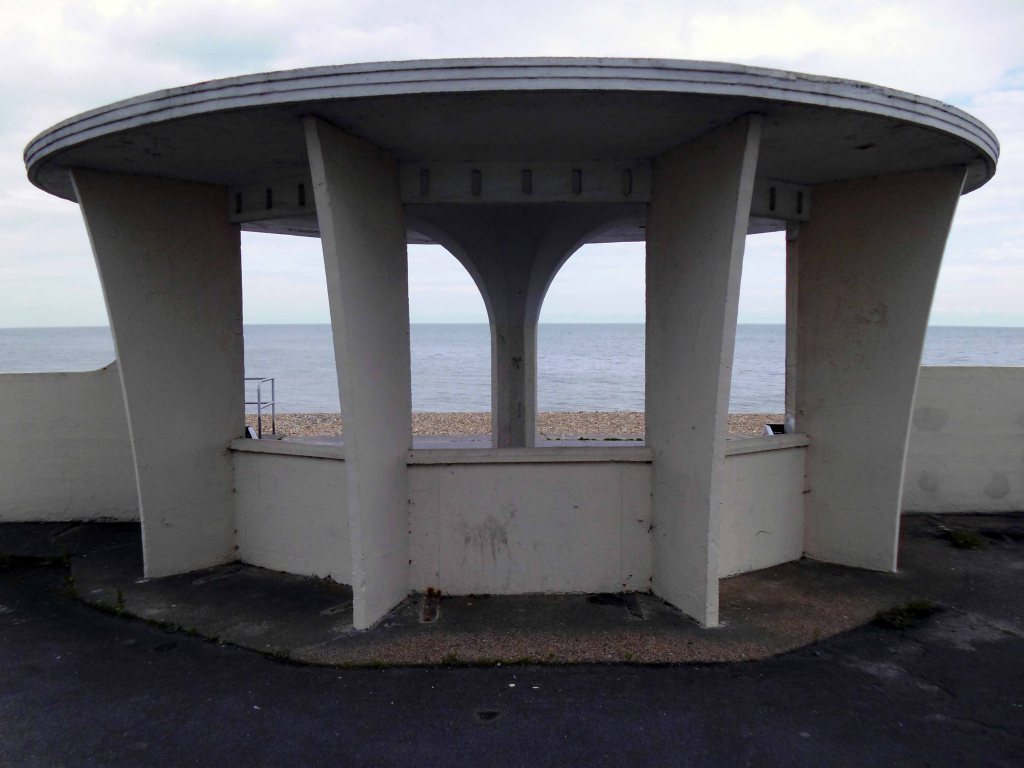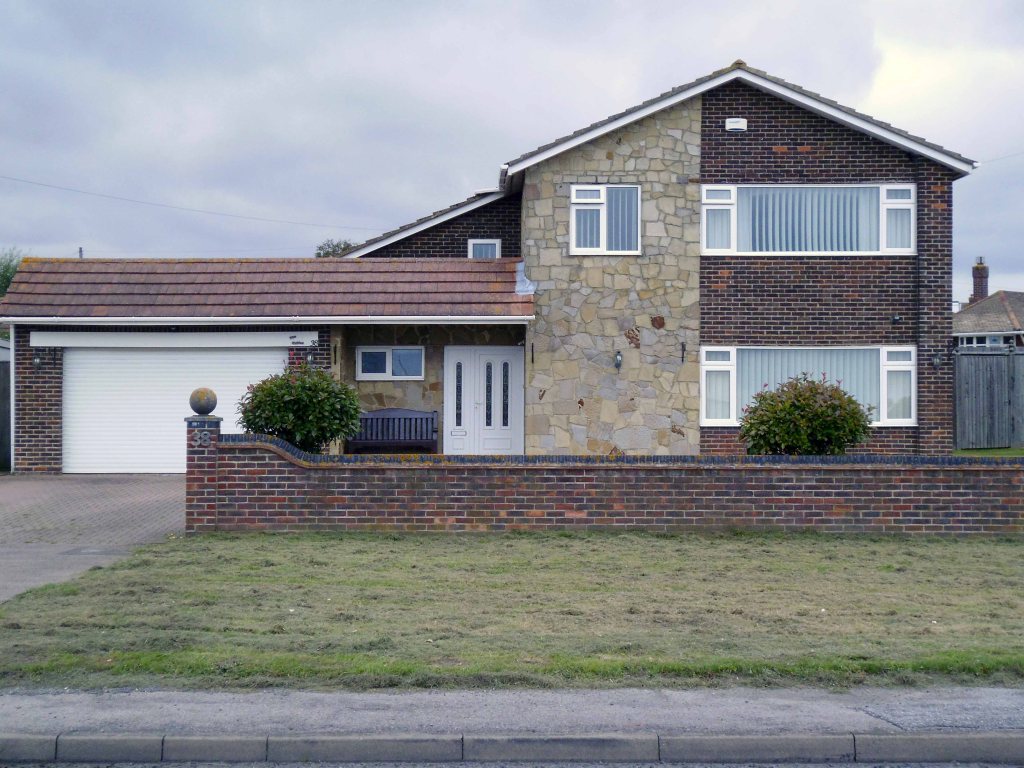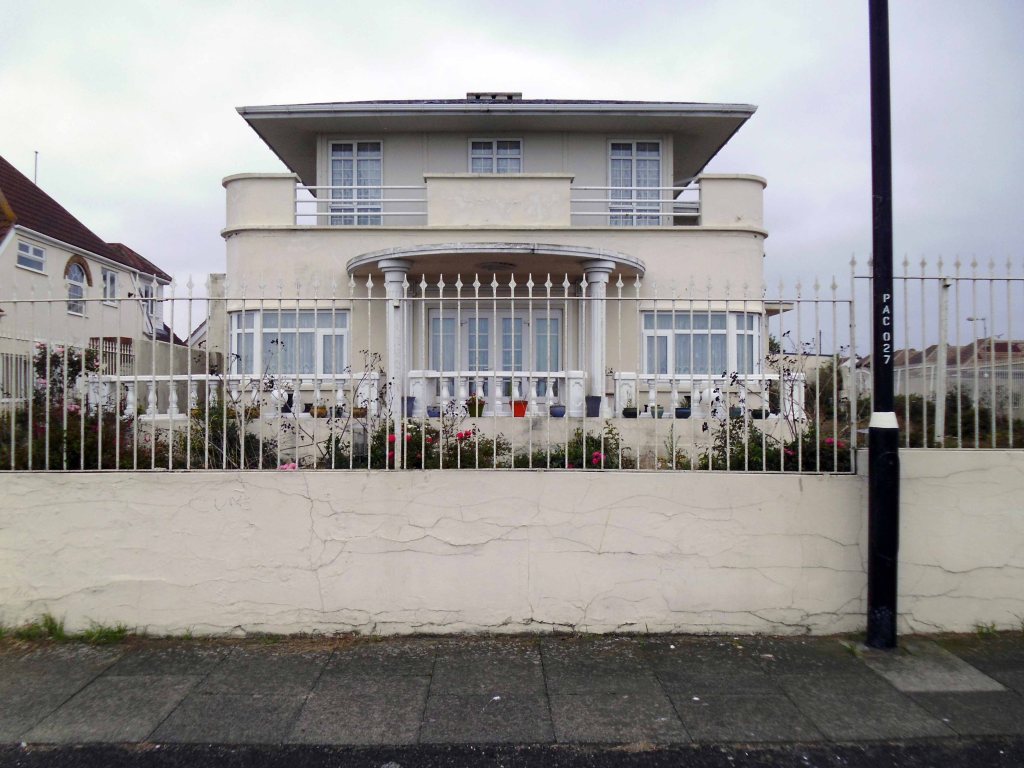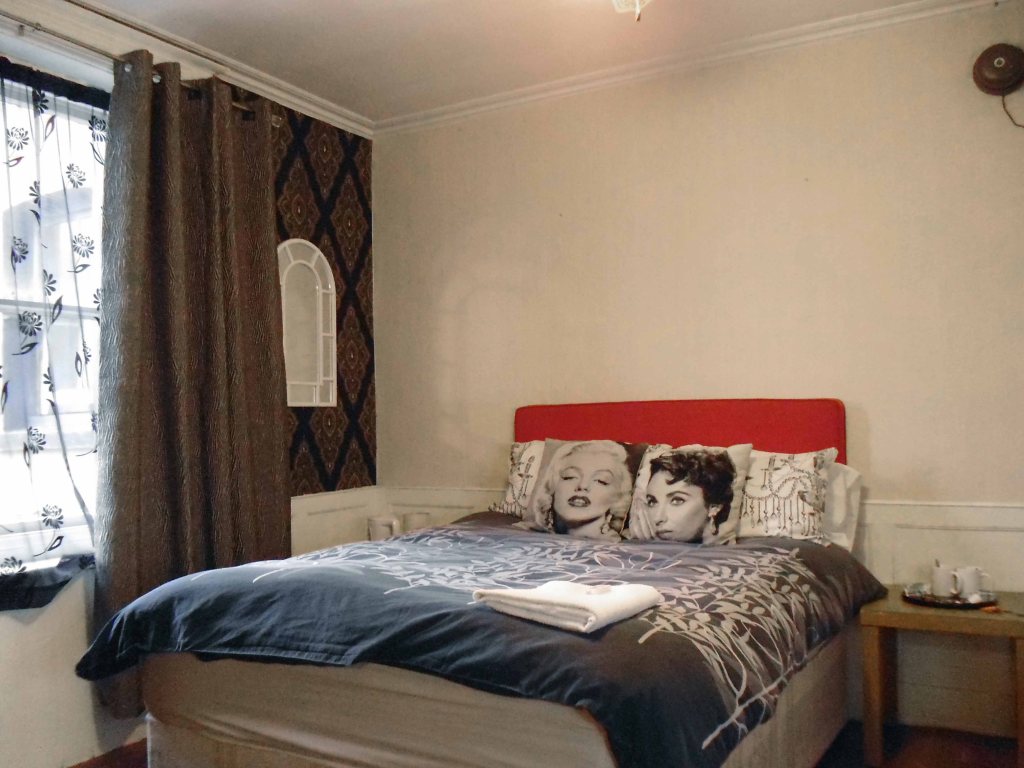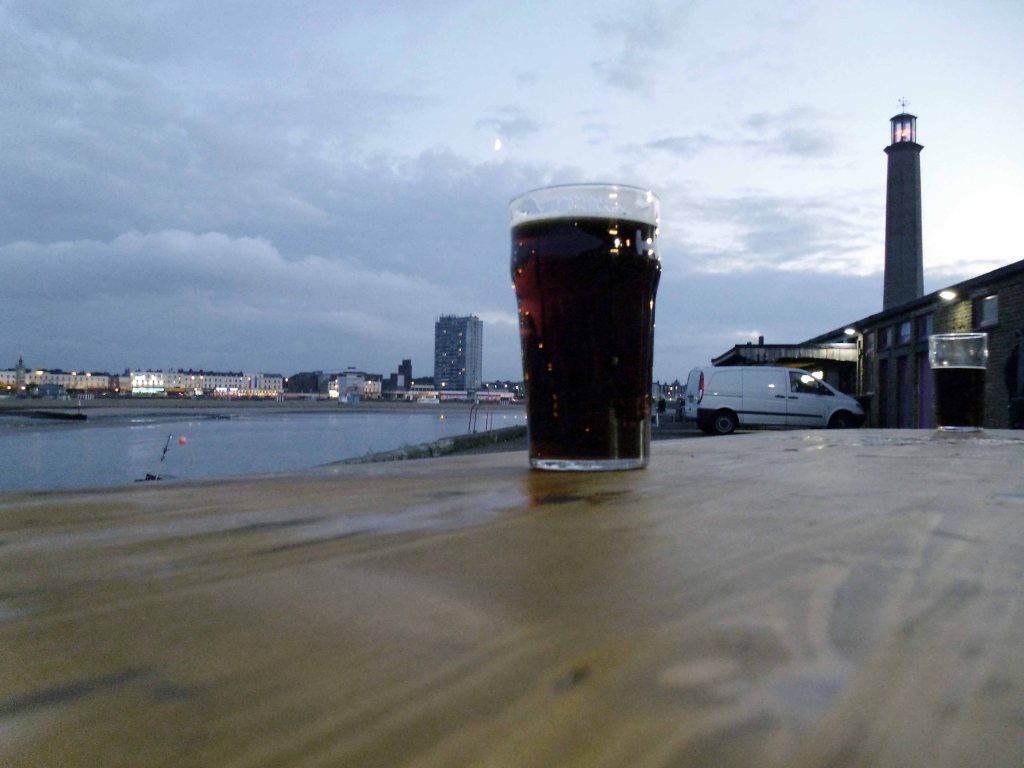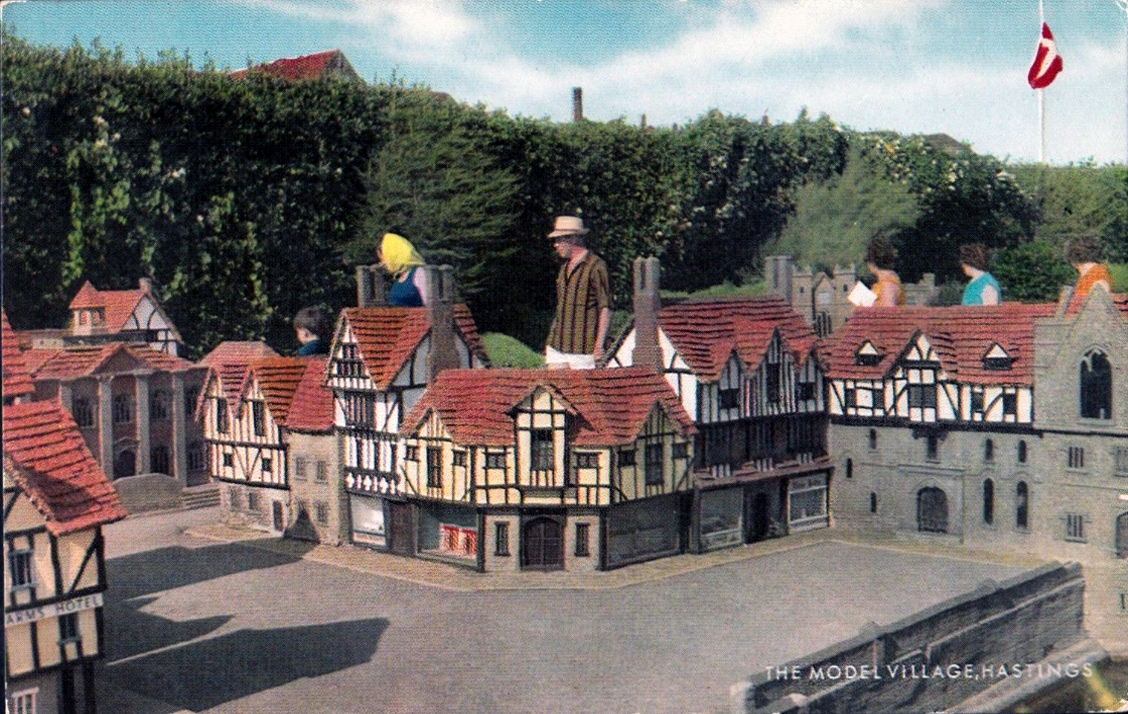I had completed my journey from Weston super Mare, with a final day’s cycle ride from Eastbourne and had two days to spare.
So I took some time to have a mooch around and this dear readers is what I did see.

I have snapped the seafront shelters previously and put together one post after another.



These are an integral part of Sidney Little’s concrete promenade scheme

Lurched toward London Road Launderette in St Leonards – which was featured in my 2020 book eight laundrettes.



Next door is this Post Office mosaic.

Back to the front for a more traditional seaside shelter.

Exploring the backstreets in search of fitness for purpose and secret signs.

Then diving in for a delicious dosa at the long gone St Len’s Lakshmi Mahal – since moved to Bexhill on Sea.

Snapping the plaques at the White Rock Theatre.




Currently closed but hopefully open in time for the We Love The Spice Girls.

Popped into Arthur Green – former gent’s outfitters, current bric a brac brokers.



Before we know it, we’re in another laundrette, once more without washing in the Wash Inn.





Back along the front to the well appointed and freshly painted Marine Court.

Time to pop into the not always open subsequently closed St Leonard’s Church.

When World War II broke out, Hastings and St Leonards-on-Sea were considered vulnerable to attacks and invasion from abroad. On the night of Saturday 29 July 1944 a doodlebug was hit over the English Channel. Damaged, it nevertheless continued to fly towards the coastline of St Leonards-on-Sea. It was approaching Marine Court which was hosting a servicemen’s party – but it veered and crashed in front of the doors of St Leonard’s Church, making a deep crater. The tower fell into this, and the rest of the church was brought down as well. Although there were no casualties, the church was completely destroyed. Although the problem of rock falls and subsidence associated with the cliffs had continued throughout the life of the church, the War Damage Commission would only pay for it to be rebuilt on the same site. The architectural partnership of brothers Giles and Adrian Gilbert Scott were commissioned to design the new building.
Patrick Reyntiens stained glass





The unique features were inspired by Canon Cuthbert Griffiths, rector from 1929 to 1961. Following a dream, he went to Israel and had the prow of a Galilean fishing boat constructed to form the pulpit.

Marble work on the floor depicts locally caught skate and herring.


Beyond the communion rail are loaves and fishes set in different marble patterns bordered by scallop shells, a copy of the Byzantine mosaic in the Church of the Feeding of the Five Thousand in Galilee.






The structure set into shifting cliffs is subject to subsidence.
Procedures have been completed for St Leonard’s Parish Church on Marina to be closed for worship.
The service will be next Saturday August 4 2018 at 3pm.
Because the building cannot be used the service will be at St Ethelburga’s in St Saviour’s Road.

St Leonard’s has been called the church with an inbuilt message. Even the very stones cry out to those who have eyes to see, ears to hear and a heart to understand and accept the Good News of the Gospel.









































